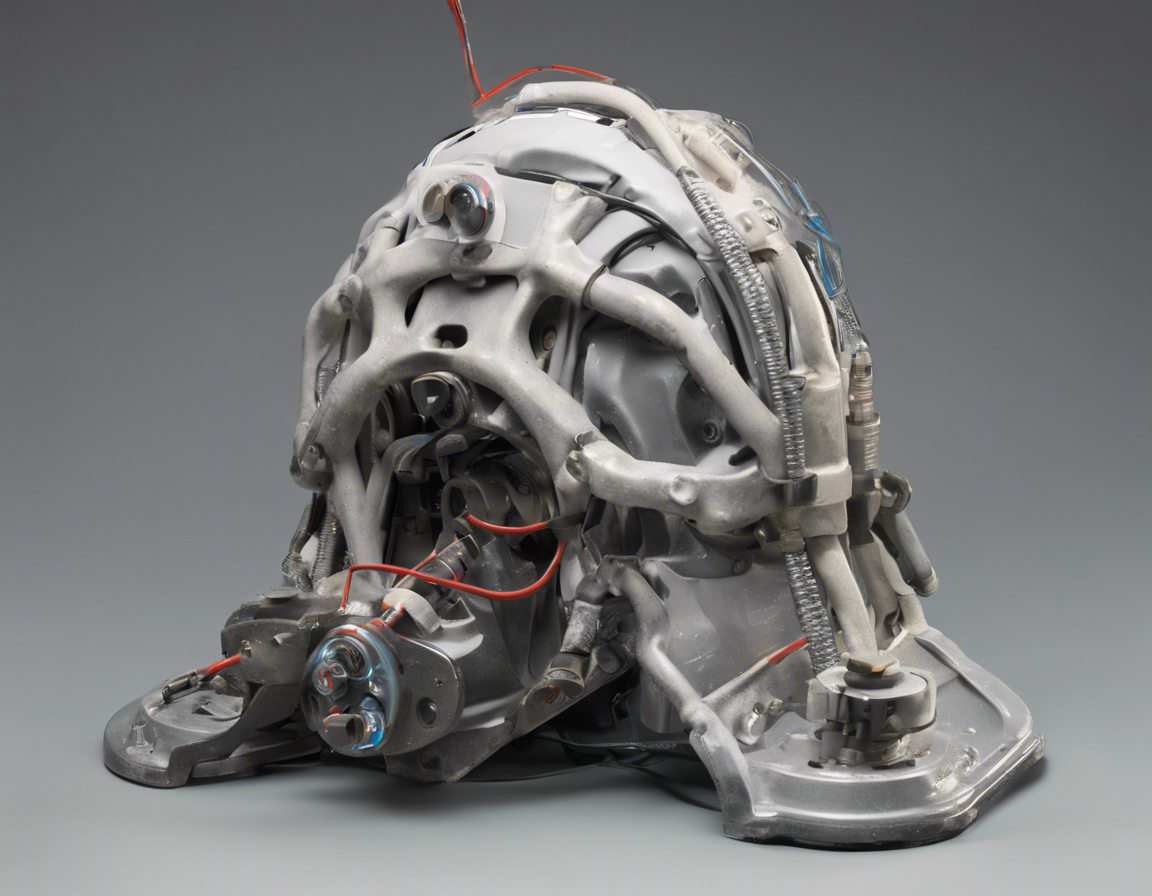In today’s digital age, it’s common for many individuals to spend hours in front of screens, whether for work or leisure. This prolonged screen time can often lead to a condition known as head mounting strain, which is characterized by pain or discomfort in the head, neck, and shoulders. Fortunately, there are various strategies you can implement to prevent and alleviate head mounting strain. In this article, we will delve into the causes of head mounting strain, its symptoms, and most importantly, provide you with tips and tricks to mitigate its effects.
Understanding Head Mounting Strain
What Causes Head Mounting Strain?
Head mounting strain is primarily caused by poor posture and prolonged periods of screen time. When we spend hours looking at screens, whether on computers, laptops, tablets, or smartphones, we tend to crane our necks forward and downward. This places a significant amount of strain on the neck muscles, leading to discomfort and pain.
Furthermore, factors such as poor ergonomics (inadequate desk setup, chair height, screen position) can contribute to head mounting strain. Additionally, stress, lack of breaks, and inadequate lighting can exacerbate the condition.
Symptoms of Head Mounting Strain
Common Symptoms to Look Out For:
- Neck pain
- Headaches
- Shoulder pain
- Tightness in the neck and shoulders
- Reduced range of motion in the neck
Tips and Tricks to Prevent Head Mounting Strain
1. Maintain Proper Posture:
Maintaining good posture is essential in preventing head mounting strain. Keep your ears aligned with your shoulders and ensure that your screen is at eye level to reduce strain on the neck. Use a chair with good lumbar support to maintain the natural curve of your spine.
2. Take Regular Breaks:
To alleviate strain on your neck and shoulders, make a conscious effort to take regular breaks from screen time. The 20-20-20 rule is a great way to do this – every 20 minutes, look at something 20 feet away for at least 20 seconds.
3. Adjust Your Workspace:
Ensure that your workspace is ergonomically friendly. Your computer screen should be at eye level, and your keyboard and mouse should be at a comfortable height to prevent unnecessary strain on your neck and shoulders.
4. Stay Active:
Incorporate regular exercise into your routine to strengthen your neck and shoulder muscles. Simple stretches and exercises can help alleviate tension and prevent head mounting strain.
5. Stay Hydrated:
Dehydration can exacerbate muscle tension and stiffness, leading to increased discomfort in the neck and shoulders. Remember to drink an adequate amount of water throughout the day to keep your muscles hydrated and healthy.
6. Mindfulness and Relaxation Techniques:
Practicing mindfulness and relaxation techniques such as deep breathing, meditation, or yoga can help reduce stress and tension in the neck and shoulders, thereby preventing head mounting strain.
7. Invest in Ergonomic Accessories:
Consider investing in ergonomic accessories such as a proper chair, keyboard, and mouse to support your neck and shoulders while working at a desk. Ergonomic accessories can help maintain good posture and reduce strain on your muscles.
8. Adjust Screen Brightness:
Ensure that your screen brightness is adjusted to an appropriate level to prevent eye strain, which can contribute to head mounting strain. Dim lighting or glare from screens can cause you to crane your neck forward, leading to discomfort.
9. Practice Neck Stretches:
Incorporate neck stretches into your daily routine to help maintain flexibility and reduce tension in the neck muscles. Simple stretches such as neck rotations, neck tilts, and shoulder rolls can be effective in preventing head mounting strain.
10. Consult a Healthcare Professional:
If you experience persistent or severe head mounting strain despite implementing preventive measures, consult a healthcare professional such as a physical therapist or chiropractor. They can provide personalized advice and treatment to address your specific needs.
FAQs (Frequently Asked Questions)
1. How long should I take breaks to prevent head mounting strain?
Ideally, you should take a break every 20 minutes to give your eyes and neck a rest. Use the 20-20-20 rule – look at something 20 feet away for at least 20 seconds every 20 minutes.
2. Can head mounting strain cause long-term damage?
Prolonged head mounting strain can lead to chronic neck and shoulder issues if left untreated. It is essential to address the symptoms early and implement preventive measures to avoid long-term damage.
3. Is it necessary to see a healthcare professional for head mounting strain?
If you experience persistent or severe symptoms of head mounting strain, it is advisable to consult a healthcare professional. They can provide a proper diagnosis and recommend treatment options tailored to your specific needs.
4. How can ergonomic accessories help prevent head mounting strain?
Ergonomic accessories such as chairs, keyboards, and mice are designed to support proper posture and reduce strain on the neck and shoulders. Investing in ergonomic accessories can significantly decrease the risk of head mounting strain.
5. Are there specific exercises to strengthen neck muscles and prevent head mounting strain?
Yes, there are various exercises and stretches that can help strengthen neck muscles and prevent head mounting strain. Neck rotations, chin tucks, and shoulder blade squeezes are examples of exercises that can be beneficial.
In conclusion, head mounting strain is a common issue that many individuals face due to prolonged screen time and poor ergonomics. By implementing the tips and tricks mentioned above, you can effectively prevent and alleviate head mounting strain, ensuring better neck and shoulder health in the long run. Remember to prioritize good posture, regular breaks, ergonomic setup, and exercise to keep head mounting strain at bay.
